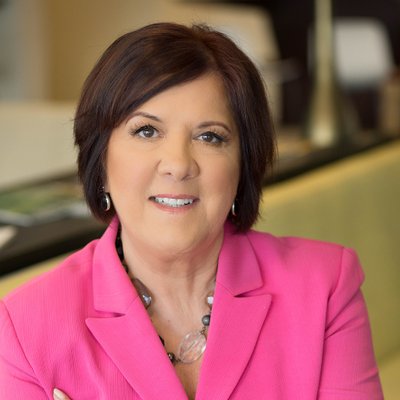As health care costs increase in 2018, and consumers assume more of the cost of their care, medical debt is a story to watch.
Covering this volatile issue, with estimates stating that medical debt affects from one in five, to half, of the U.S. population, will test reporting skills.
Declaring personal bankruptcy — or wiping out savings and piling up credit card charges — aren’t the only ways to deal with medical debt. Business reporters can deliver a story ahead of the competition by looking into one or more of these angles:
What is the state of medical debt in 2018?
According to the Centers for Disease Control (CDC), there was an appreciable drop in medical debt among persons under 65 in families who were having a hard time paying medical bills, from 21% in 2011 to 16% in the first six months of 2016. That same year, however, a joint study conducted by the Kaiser Family Foundation and the New York Times reported that 20% of insured Americans were having trouble paying medical bills, that more than half (53%) of the uninsured were struggling, and that the majority (63%) reported using up all of their savings to pay off medical debt. Update the picture in 2018 by talking to the CDC and Kaiser.
Are personal bankruptcies expected to rise?
In 2010, the number of personal bankruptcies began to decline dramatically, and by 2016, bankruptcies dropped by 50%, according to the American Bankruptcy Institute and the U.S. courts .“Obamacare,” which expanded health coverage for 20 million Americans, may not account for all of the decline seen in personal bankruptcy filings, but many believe otherwise.
Talk to bankruptcy attorneys and legal experts about what they expect to see in 2018 and beyond, as health care costs continue to rise. You might also sit in on a few hearings in bankruptcy court. Although courts don’t ask people why they are filing, most believe that medical debt is a leading reason.
What alternatives have consumers to avoid medical debt?
Credit cards aren’t the way to pay off medical debt, but a third of consumers paid their medical bills by pulling out the plastic in 2014, and 44% suffered a hit to their credit score, according to a report from the Commonwealth Fund. This 2013 article from CreditCards.com provides 15 tips that are still timely on better ways to deal with medical debt, from knowing the costs upfront to negotiating with hospitals to working out an interest-free payment with providers.
Research the ways, and then consider developing a related story on Millennials, who are especially at risk. Nearly three quarters, or 74%, of Millennials didn’t pay off their medical bills in 2016, an increase of 6% from 2015, according to a December 2017 survey from the credit reporting agency TransUnion. Becker’s Hospital CFO Report notes that collections from these younger patients tripled from less than 10% in 2008 to 30% in 2018.










